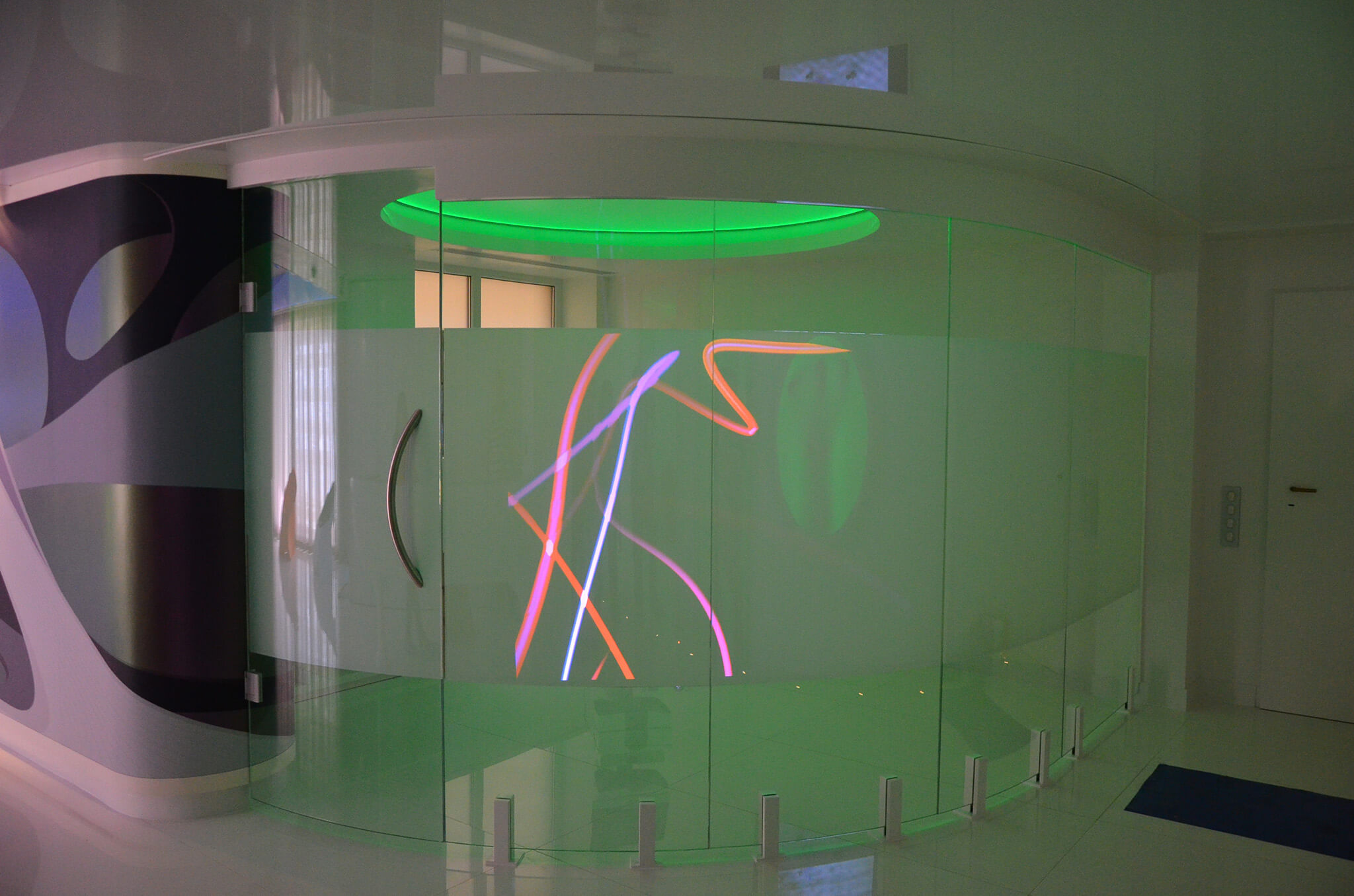
Welcome to the realm of Switchable Film technology where innovation meets practicality to create a world of wonders. Switchable Film has revolutionized the way we interact with glass surfaces, offering a dynamic solution that transforms the ordinary into the extraordinary. By harnessing the power of this cutting-edge technology, we unlock a realm of possibilities that seamlessly blend functionality with elegance. Join us on a journey into the captivating universe of Switchable Film, where magic and science converge to redefine what is possible.
How Switchable Film Works
Switchable film is a revolutionary technology that allows for the control of light transmission through the application of an electric current. This innovative film is constructed using layers of specialized materials that respond to changes in voltage by altering their optical properties. By applying a specific electrical signal, the film can effortlessly switch between opaque and transparent states, providing privacy and light control at the touch of a button.
The core of switchable film technology lies in its composition of liquid crystal molecules that are oriented in a particular configuration within the film layers. When the electrical current is off, these molecules are randomly positioned, scattering incoming light and creating an opaque appearance. Conversely, when an electric charge is applied, the molecules align in a uniform manner, allowing light to pass through and rendering the film transparent. This dynamic transformation offers users the flexibility to adapt their surroundings to suit their needs, whether it’s for privacy, aesthetics, or energy efficiency.
Furthermore, switchable film can be integrated into various applications, including windows, partitions, displays, and smart mirrors. Its versatility and customizable features make it an ideal choice for modern architecture, automotive industry, healthcare facilities, and more. With the ability to instantaneously switch between different states, switchable film technology is paving the way for a more adaptive and interactive environment in both residential and commercial settings.
Applications of Switchable Film
Switchable film technology offers a wide range of applications in various industries. One of the most common uses is in smart windows for buildings and vehicles. This technology allows users to control the amount of light entering a space, providing both energy efficiency and privacy benefits.
Moreover, switchable film is also utilized in electronic devices such as smartphones and tablets. By incorporating this technology into their displays, manufacturers are able to create devices with adjustable transparency and enhanced visual experiences for users. This feature is particularly useful for applications requiring both privacy and high-quality display capabilities.
Additionally, switchable film finds applications in the automotive industry for smart sunroofs and privacy partitions. With the ability to switch between transparent and opaque modes, this technology adds a modern and functional touch to vehicles while improving comfort for passengers. Such innovative applications highlight the versatility and practicality of switchable film technology.
Switchable Film Quote
Advantages of Switchable Film
Switchable Film offers a range of benefits that make it a versatile and innovative technology. One key advantage is its ability to provide instant privacy on demand with the flick of a switch. This feature is especially valuable in spaces where privacy is crucial, such as conference rooms, commercial offices, and healthcare facilities.
Another advantage of Switchable Film is its energy-saving properties. By controlling the amount of natural light and heat entering a room, it helps to regulate indoor temperatures and reduce the need for excessive heating or cooling. This not only promotes a comfortable environment but also contributes to lower energy costs and increased sustainability.
Furthermore, Switchable Film can enhance the aesthetics of a space by allowing for customizable designs and patterns. With the ability to switch between transparent and opaque states, it offers endless creative possibilities for interior designers and architects. This versatile feature enables the transformation of ordinary glass surfaces into dynamic elements that elevate the overall look and feel of any environment.



